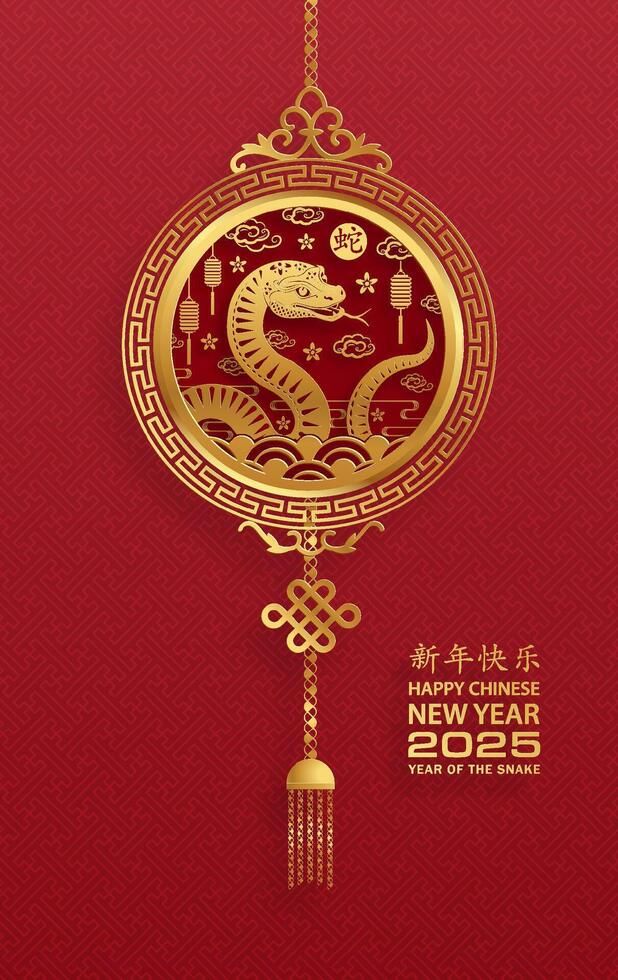The Lunar New Year: A Rich History, Traditions, and Its Impact on Society
Lunar New Year, also known as Chinese New Year or Spring Festival, is one of the most significant and widely celebrated festivals across various Asian cultures. It marks the beginning of the lunar calendar and is a time of renewal, family gatherings, and cultural festivities. This article delves into the history, significance, traditions, daily life impact, and FAQs about the Lunar New Year.
History of Lunar New Year
The origins of the Lunar New Year date back over 4,000 years. Rooted in ancient agricultural practices, the festival was initially a time to honor deities and ancestors while celebrating the arrival of spring. The legend of Nian, a mythical beast believed to terrorize villages, plays a central role in the traditions of loud celebrations, firecrackers, and the color red, all meant to ward off evil spirits.
The festival gained official recognition during the Han Dynasty (202 BC–220 AD) and has since evolved into a cultural phenomenon observed across China, Vietnam (Tết), Korea (Seollal), and other Asian countries.
Significance of Lunar New Year
Lunar New Year is not just a cultural event; it holds deep societal and spiritual significance:
- Family Reunions: It is the most important occasion for family gatherings, often involving long-distance travel to reunite with loved ones.
- New Beginnings: The festival symbolizes renewal, letting go of the past, and welcoming prosperity and happiness.
- Honoring Ancestors: Rituals include offering prayers, burning incense, and paying respects to ancestors.
- Economic Impact: Businesses see a surge in spending, from travel and food to gifts and decorations.
How Lunar New Year Affects Daily Life
- Work & Business Closures: Many businesses, especially in Asia, shut down for at least a week, allowing employees to spend time with their families.
- Increased Travel: It is the largest annual human migration, known as “Chunyun” in China, where millions travel home.
- Shopping & Festivities: Markets are flooded with special foods, decorations, and red envelopes (hongbao/lì xì) containing money for good luck.
- Cultural Awareness Worldwide: Even outside Asia, Lunar New Year celebrations take place in major cities worldwide, promoting cultural diversity.
Key Traditions and Observance
- Red Envelopes (Hongbao/Lì xì): Elders give children and unmarried young adults red envelopes filled with money as a blessing for good fortune.
- Reunion Dinner: Families gather for a lavish feast on New Year’s Eve, featuring dishes that symbolize prosperity and longevity.
- Dragon and Lion Dances: These performances are meant to bring good luck and drive away evil spirits.
- Firecrackers & Fireworks: A long-standing tradition to scare away bad spirits and welcome the new year with a bang.
- 12-Year Zodiac Cycle: Each year is associated with an animal sign from the Chinese zodiac, influencing personality traits and fortunes.
Lunar New Year Wishes and Greetings
Wishing someone a prosperous Lunar New Year is an important part of the celebration. Here are some common greetings:
- Mandarin: Xīnnián kuàilè (新年快乐) – Happy New Year!
- Cantonese: Gong hei fat choy (恭喜发财) – Wishing you prosperity!
- Vietnamese: Chúc Mừng Năm Mới – Happy New Year!
- Korean: Saehae bok mani badeuseyo (새해 복 많이 받으세요) – Receive lots of luck in the new year!
10 Fascinating Facts About Lunar New Year
- The holiday lasts 15 days, ending with the Lantern Festival.
- Red is the dominant color because it represents good luck and prosperity.
- Over 2 billion people celebrate it worldwide.
- Every Lunar New Year has a zodiac animal; 2024 is the Year of the Dragon.
- The longest holiday in China, businesses typically close for at least a week.
- The largest human migration occurs as families reunite.
- Each region has unique dishes, but dumplings and fish are must-have foods.
- People avoid saying negative words to ensure good luck.
- It is illegal to clean the house on New Year’s Day, as it might sweep away good fortune.
- Red envelopes are usually given in even numbers, as odd numbers are linked to funerals.
FAQs About Lunar New Year
1. Why does the date change every year?
Lunar New Year follows the lunar calendar, so it usually falls between January 21 and February 20.
2. How long does Lunar New Year last?
It officially lasts 15 days, with major celebrations occurring in the first few days.
3. What should you avoid during Lunar New Year?
- Sweeping or taking out trash (symbolizes discarding luck)
- Using sharp objects (can cut off good fortune)
- Wearing black or white (colors associated with mourning)
4. How can non-Asians celebrate respectfully?
You can join public festivities, learn about the culture, and wish your friends a happy new year using traditional greetings.
Conclusion: Why Lunar New Year Matters to Society
Lunar New Year is more than just a festival; it is a time for reflection, unity, and cultural appreciation. It fosters family ties, strengthens communities, and even boosts economies worldwide. Whether you celebrate it traditionally or as an observer, understanding and respecting this holiday enriches cultural awareness and global harmony.
Final Thought: Embrace the Spirit of Renewal and Joy
Lunar New Year reminds us of the importance of family, traditions, and fresh beginnings. As billions welcome a new zodiac year, may it bring prosperity, happiness, and peace to all.










